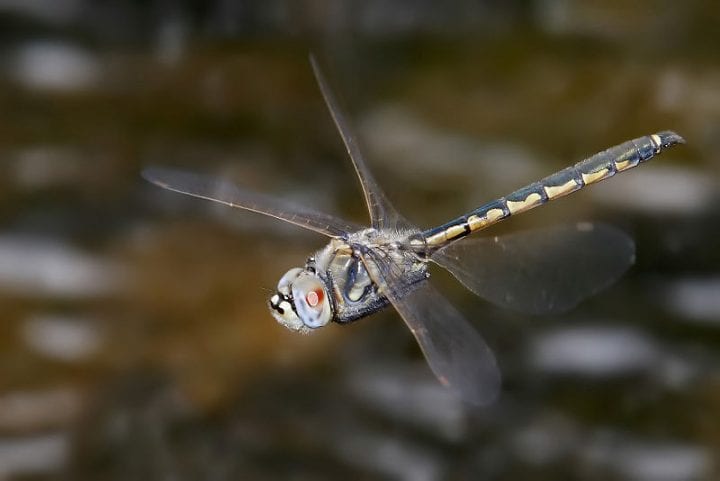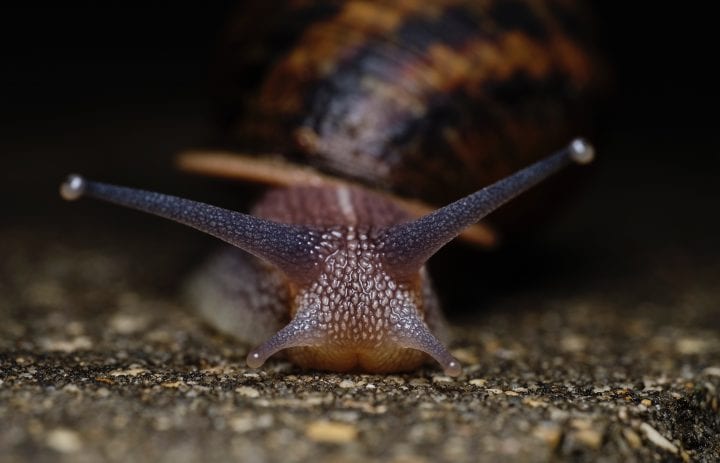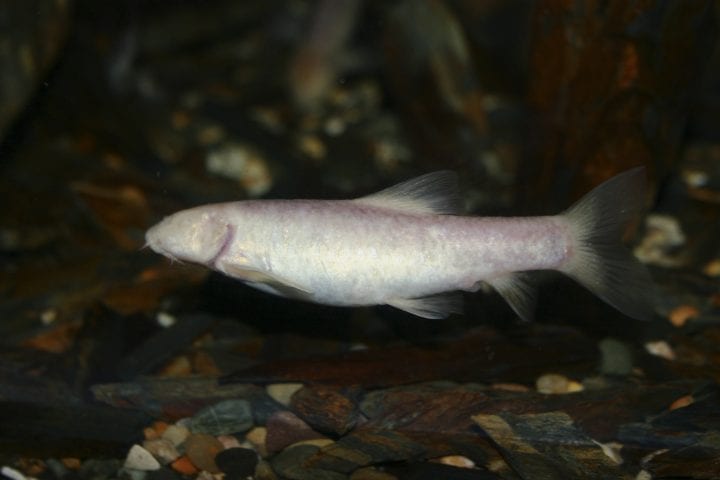Wind turbines from Paris-Sorbonne University are flexible to reduce drag and create a more powerful stroke.
Benefits
- Efficient
- Flexible
Applications
- Energy generation
UN Sustainable Development Goals Addressed
-

Goal 7: Affordable & Clean Energy
-

Goal 13: Climate Action
The Challenge
Reports from the International Energy Agency (IEA) and the Organization for Economic Co-operation and Development (OECD) predict that wind energy will account for approximately 12% of total electrical energy produced on the planet by 2050. However, in the present day, wind power generates only 4% of the world’s energy. Decreasing costs of turbines and developing enough wind farms will be important, but to meet the world’s energy needs sustainably in the coming decades, wind energy technology itself must be improved. Current wind turbines are efficient only when wind speed and turbine load align with the conditions that the blades were designed to manage. Thus, energy generation is not maximized in different or fluctuating conditions.
Innovation Details
The turbine blades are elastic, made of a pliable material called polyethylene terephthalate, allowing them to morph when exposed to different wind conditions. As the blades morph, the angles at which wind passes through the blades changes, optimizing power generation. At high wind speeds, the blades were less susceptible to damage, and at low wind speeds, the blades were better able to utilize incoming winds. By allowing the turbine to operate efficiently at wind speeds outside the ideal range, the elastic turbines have increased the converted energy rate up to 35%.
Biomimicry Story
Insect wings are made up of cuticles, and as a result, insects are less able to adjust their wings through muscle movements compared to other fliers. To compensate, some insects, such as bees and dragonflies, have flexible wings that are designed to alter shape in response to physical forces in a way that is aerodynamically effective. This flexibility reduces drag, improves speed, and guards against gradual wing deterioration.






